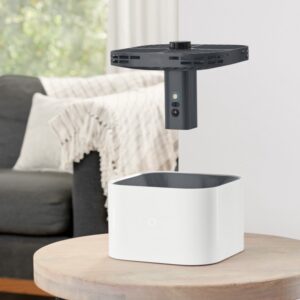When a plumbing issue pops up at home, having the right tools on hand can save you time, money, and stress.
From fixing a leaky faucet to unclogging a stubborn drain, some problems don’t always need a professional plumber—you just need the right equipment.
That’s where essential plumbing tools for home use come in.
By keeping a small collection of plumbing tools for home use, you’ll be ready to handle common household plumbing repairs with confidence.
Not only will this help you avoid costly emergency calls, but it also gives you the peace of mind that you can tackle small issues before they turn into bigger ones.
In this guide, we’ll walk you through the essential plumbing tools for home use that every homeowner should have in their toolkit, along with tips on how and when to use them.
Whether you’re a DIY beginner or someone who wants to be better prepared, these tools are must-haves for maintaining a smooth-running household.
Quick List: Essential Plumbing Tools for Home Use
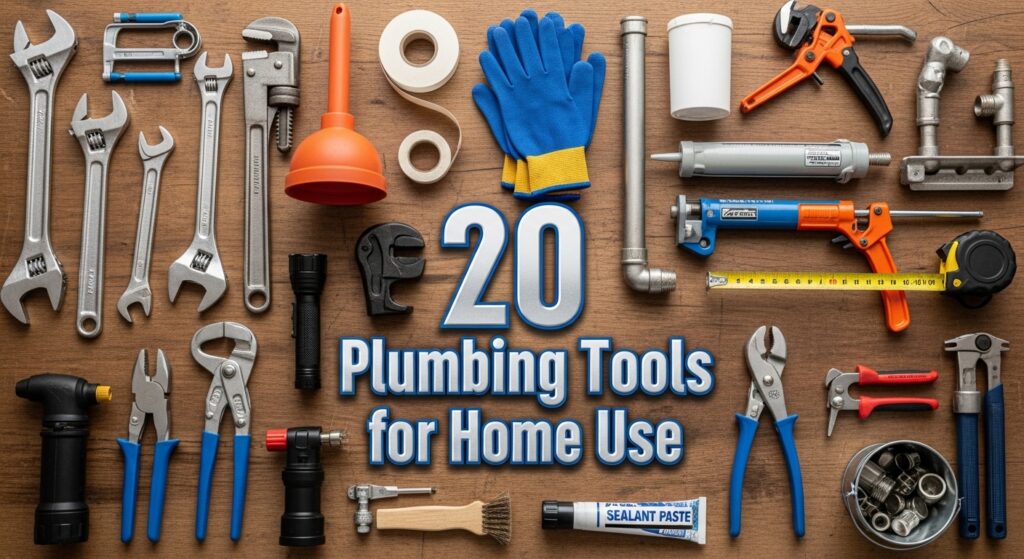
1. Basic Plumbing Tools for home use
- Adjustable Wrench – For tightening and loosening various fittings.
- Pipe Wrench – Ideal for gripping and turning metal pipes.
- Tongue-and-Groove Pliers (Channel Locks) – Great for gripping irregular shapes.
- Basin Wrench – Perfect for reaching faucet nuts in tight spaces.
2. Drain Cleaning Tools for home use
- Plunger – Must-have for clearing sink and toilet clogs.
- Toilet Auger – Unclogs deeper toilet blockages.
- Handheld Drain Snake – Removes hair and debris from sink or shower drains.
- Wet/Dry Shop Vacuum – Useful for draining water and clearing stubborn clogs.
3. Pipe Cutting & Sealing Tools for home use
- Plumber’s Tape (Teflon Tape) – Prevents leaks on threaded joints.
- Pipe Cutter – Makes clean cuts on copper, PVC, or PEX pipes.
- Hacksaw – Versatile backup for cutting pipes and bolts.
- Plumber’s Putty – Seals around drains and fixtures.
- Silicone Caulk & Gun – Waterproof sealing around sinks and tubs.
- Plumber’s Torch – Used for soldering copper pipe fittings.
4. Safety & Support Tools for home use
- Measuring Tape – Ensures accurate pipe measurements.
- Utility Knife – Handy for cutting tape, caulk, or insulation.
- Bucket – Catches water during repairs and doubles as tool storage.
- Work Gloves – Protects hands from cuts, heat, and dirt.
- Safety Goggles – Shields eyes from splashes and debris.
- Flashlight or Headlamp – Provides visibility in dark spaces.
Below are More detailed description of each esseintial plumbing tools on this.
1. Basic DIY Plumbing Tools for Home Use
These plumbing hand tools are the backbone of any home repair kit. They handle everyday jobs like tightening fittings, stopping leaks, and working in tight spaces.
Adjustable Wrench
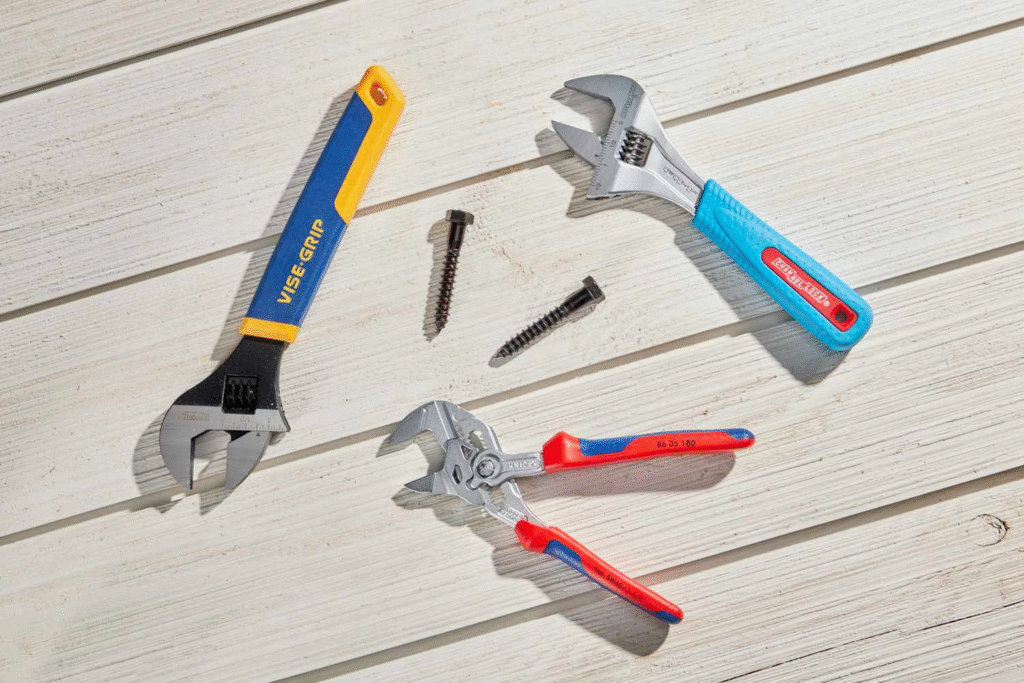
The adjustable wrench is a must-have plumbing tool for every household.
It replaces a whole set of fixed-size wrenches, making it perfect for tightening water supply lines under sinks or adjusting nuts on toilets.
When buying, choose one with a wide jaw opening and a smooth adjustment wheel that doesn’t slip.
A 6- to 10-inch wrench is versatile enough for most tasks. For comfort, go with a model that has a cushioned grip, especially if you’ll use it often.
Pipe Wrench
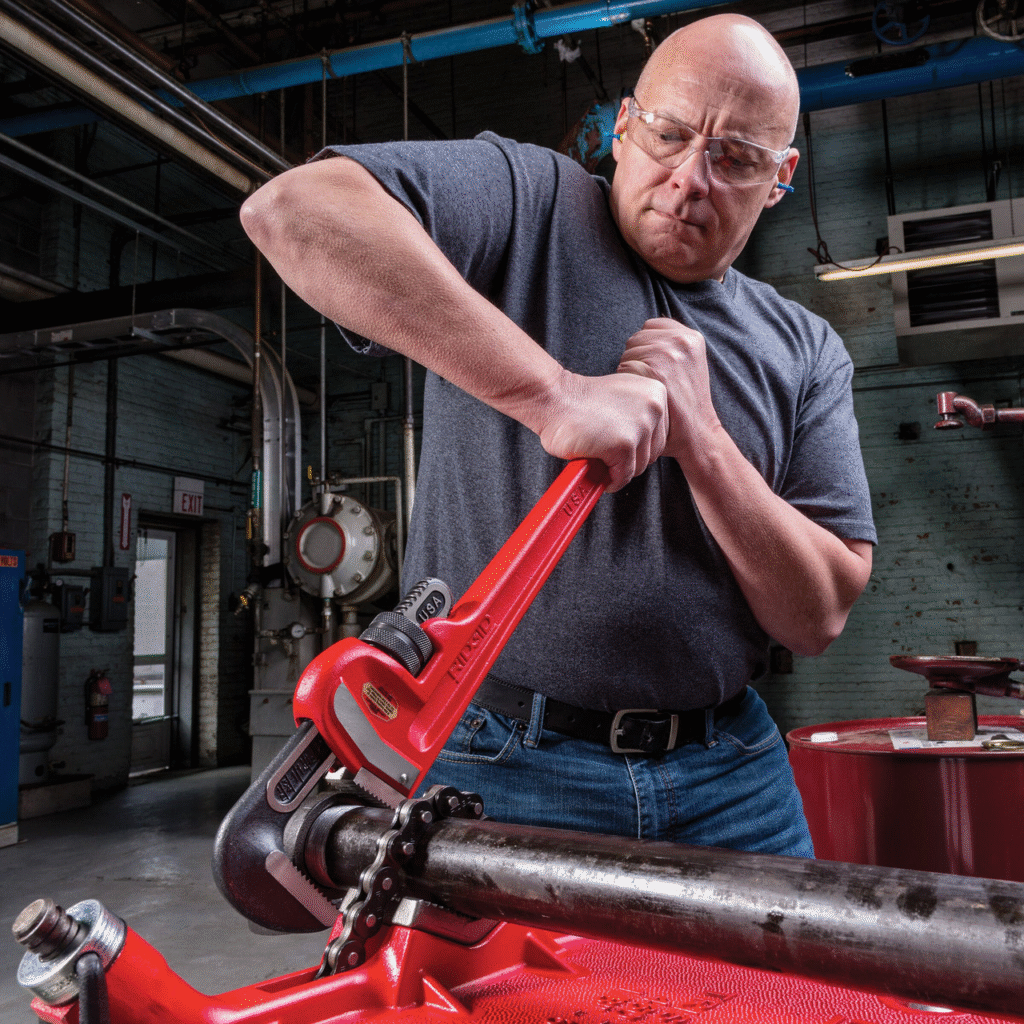
For tougher plumbing jobs, the pipe wrench is a classic tool that no toolkit should be without. Its serrated jaws grip metal pipes firmly, making it easier to loosen stubborn or rusted fittings.
A 14–18 inch pipe wrench is the ideal size for homeowners — big enough for leverage, small enough to store.
If you expect to do more heavy-duty work, buy two: one to hold the pipe steady and another to turn the fitting.
Tongue-and-Groove Pliers (Channel Locks)
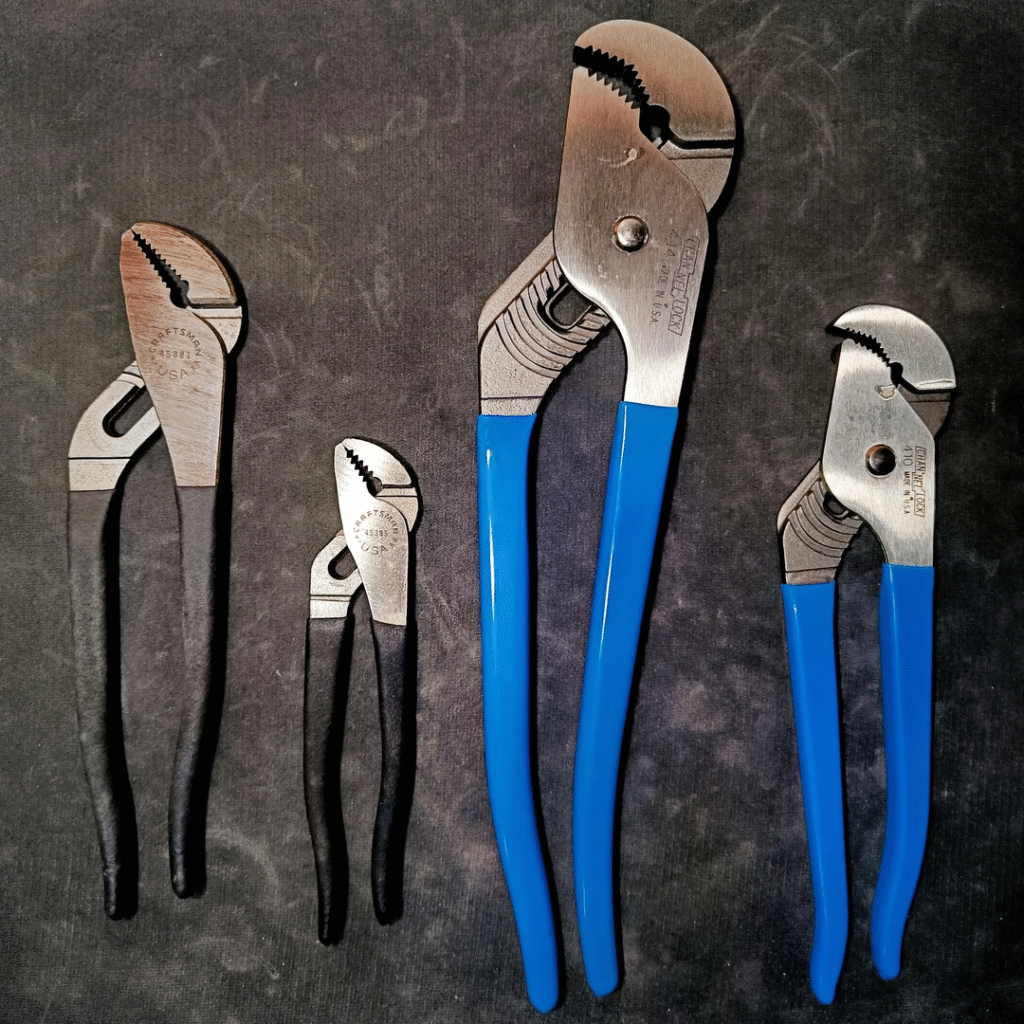
These adjustable pliers are incredibly versatile, making them a favorite among plumbers and DIYers alike. They can grip pipes, bolts, and irregularly shaped objects with ease.
A 10- or 12-inch size is best for most household tasks, balancing strength and maneuverability.
Look for hardened steel jaws that last longer and non-slip handles that make the grip more secure, even if your hands are wet.
Basin Wrench
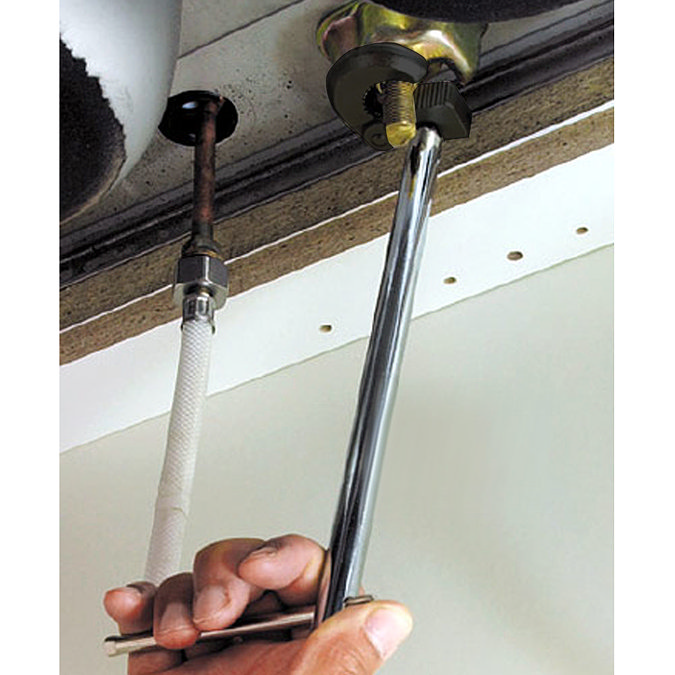
If you’ve ever tried to change a faucet, you know how frustrating it is to reach the nuts tucked behind the sink.
A basin wrench solves this problem with its long shaft and pivoting head, letting you work in tight spaces.
For maximum flexibility, choose a telescoping basin wrench that extends to different lengths. This is a specialty tool, but when you need it, nothing else will do the job as effectively.
2. Drain Cleaning Plumbing Tools for Home Use
Clogged drains and toilets are the most common plumbing issues at home. With the right plumbing drain tools, you can fix them quickly without calling a plumber.
Plunger
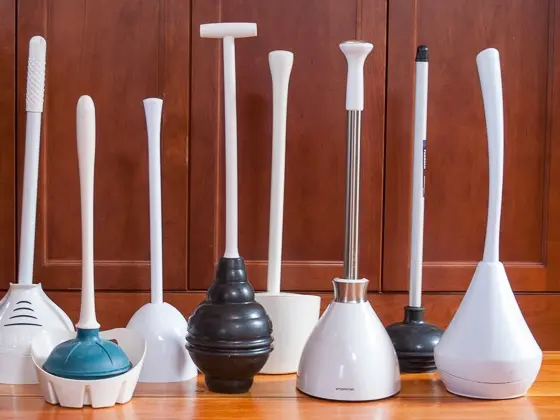
The humble plunger is your first line of defense against clogs in sinks, tubs, and toilets.
Every household should own at least two: a cup plunger for sinks and flat drains, and a flange plunger specifically designed for toilets.
When buying, pick one made from durable rubber with a sturdy wooden or plastic handle. A good plunger can save you time, money, and headaches.
Toilet Auger (Closet Auger)
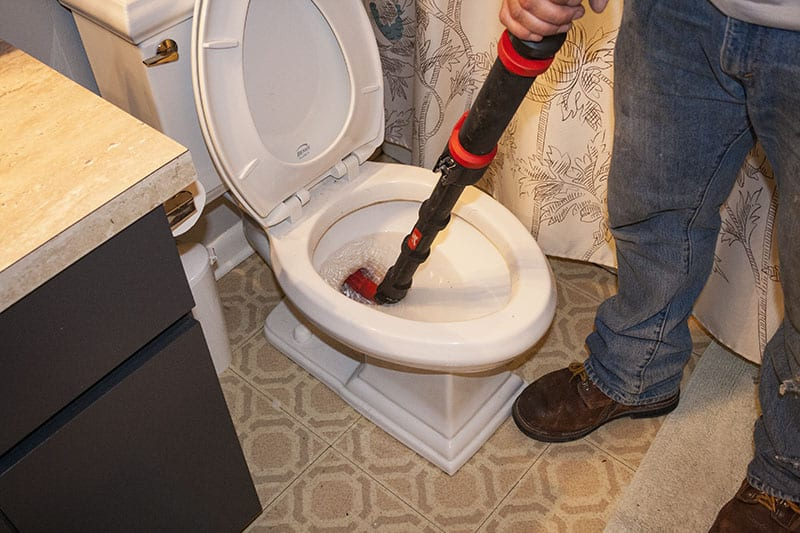
When a plunger can’t clear a stubborn toilet clog, a toilet auger is the next best tool. Its flexible cable can reach deep into the toilet drain to break up or retrieve blockages.
For home use, a 3- to 6-foot auger is plenty. To avoid scratching your toilet bowl, always look for a model with a protective rubber sleeve on the end.
Handheld Drain Snake
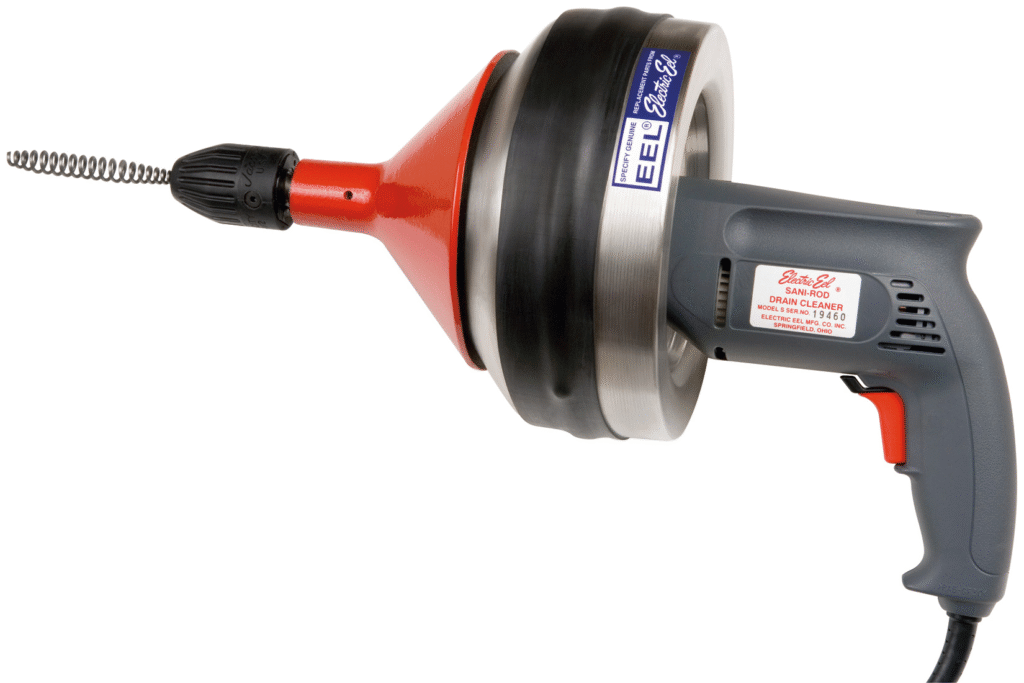
A drain snake is perfect for sink and shower clogs caused by hair, grease, or soap buildup. Manual versions are affordable and easy to use for occasional blockages.
If clogs happen often, a drill-powered drain snake makes the job much faster. When shopping, look for a flexible, kink-resistant cable and a comfortable handle for better control.
Wet/Dry Shop Vacuum
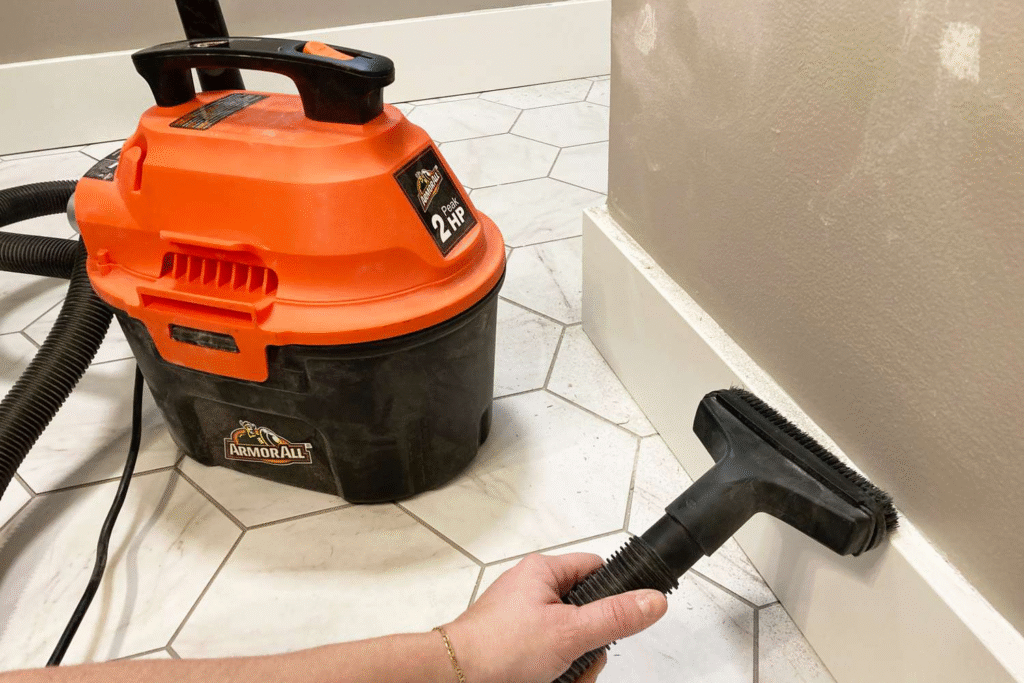
Sometimes the fastest way to deal with a clogged or flooded drain is with a wet/dry vacuum. This powerful tool can suck water out of sinks, tubs, or even clogged pipes.
A 5-gallon shop vacuum is big enough for most home tasks. Make sure you choose one designed for both wet and dry messes, and check if it includes attachments that help reach tight spaces.
3. Pipe Cutting and Sealing Plumbing Tools for Home use
When repairing or replacing plumbing lines, you’ll need reliable tools to cut, connect, and seal pipes for a leak-free finish.
Plumber’s Tape (Teflon Tape)
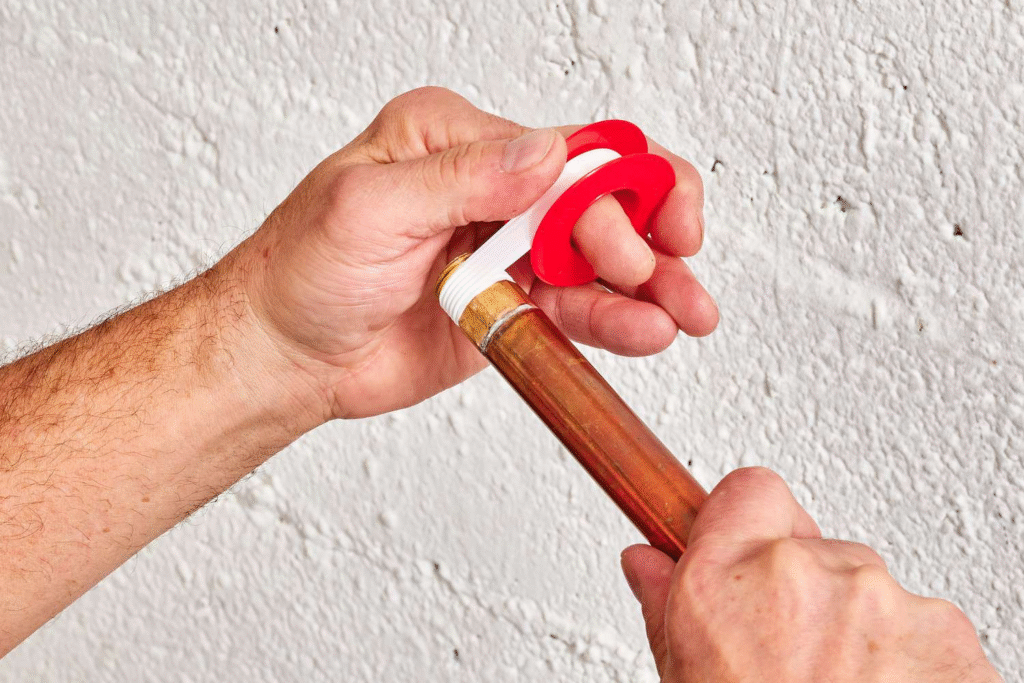
Also known as thread seal tape, plumber’s tape is essential for sealing threaded pipe connections. Wrapping it around threads helps prevent leaks in shower arms, faucets, or hose fittings.
Always keep a roll handy — it’s cheap and effective. White tape is used for water lines, while thicker yellow tape is made for gas lines. For durability, choose a high-density version.
Pipe Cutter
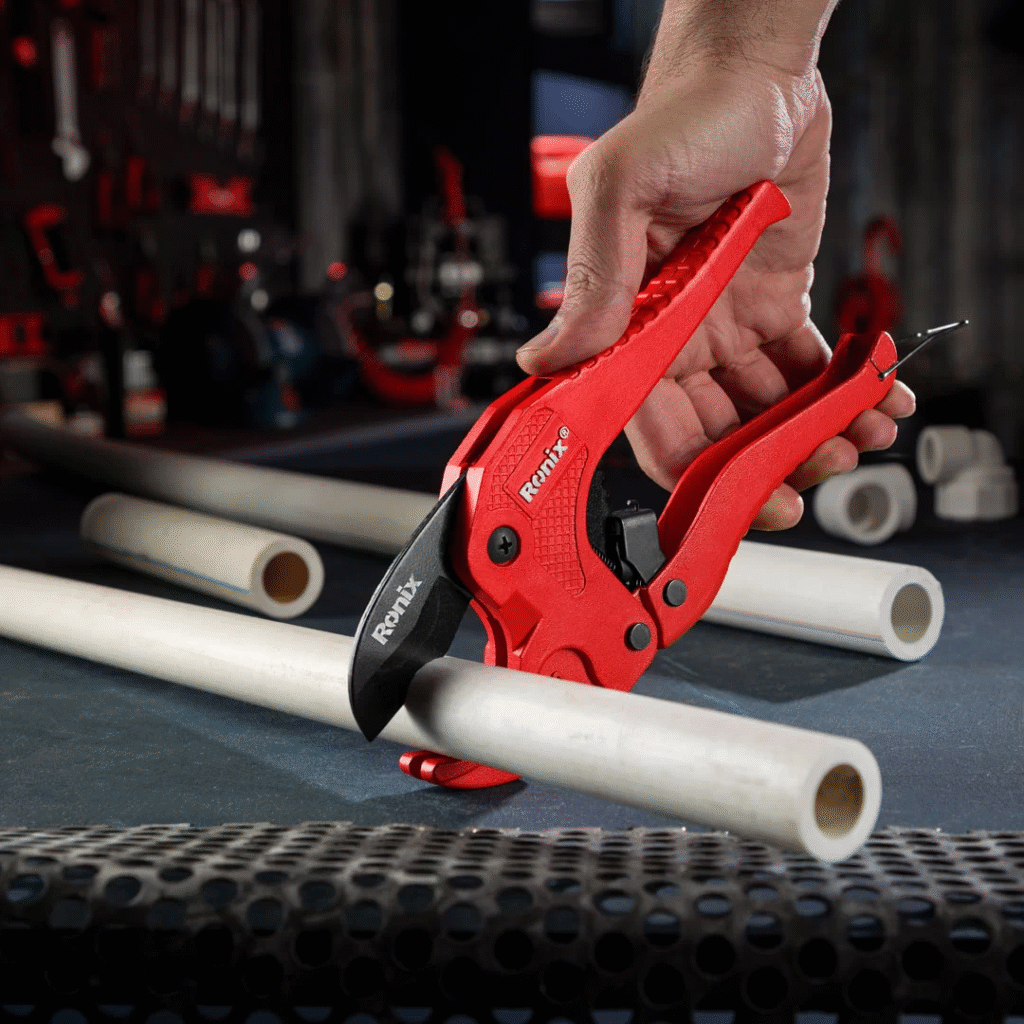
A pipe cutter gives you neat, square cuts that make connecting pipes much easier than using a saw. For copper pipes, choose a wheel-style cutter; for PVC or PEX, a ratcheting cutter works best. The cleaner the cut, the better the seal, so a quality cutter is worth the investment.
Hacksaw
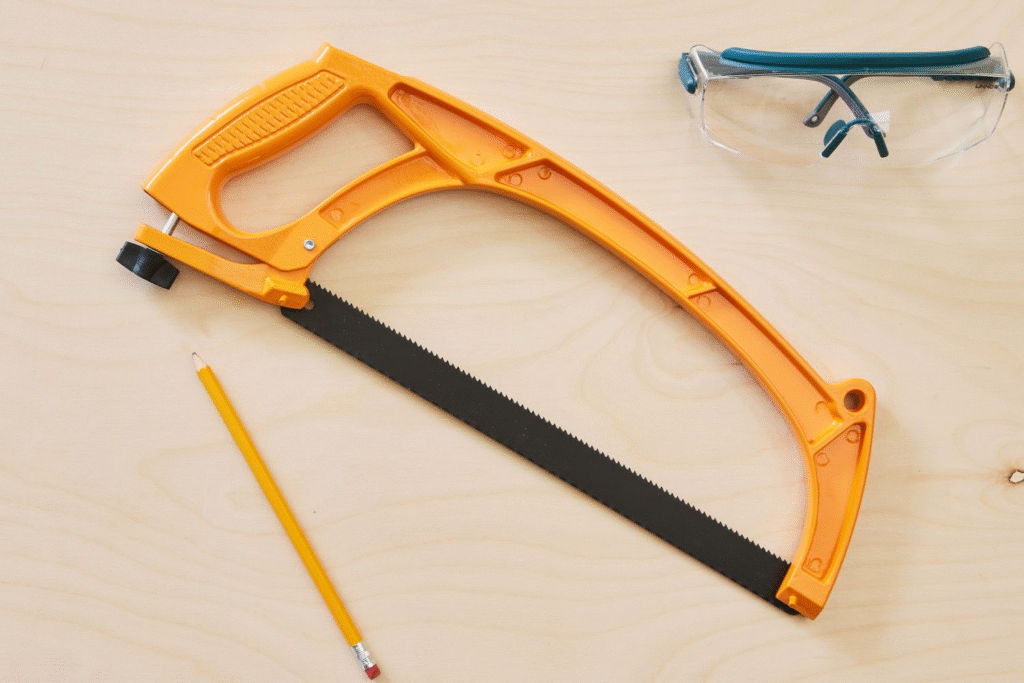
A hacksaw is a versatile backup cutting tool for plumbing. It can slice through metal pipes, plastic tubing, bolts, and screws. Look for a solid frame with adjustable tension and blades that are easy to replace. Keep both fine-tooth blades (for metal) and coarse-tooth blades (for plastic) in your kit.
Plumber’s Putty
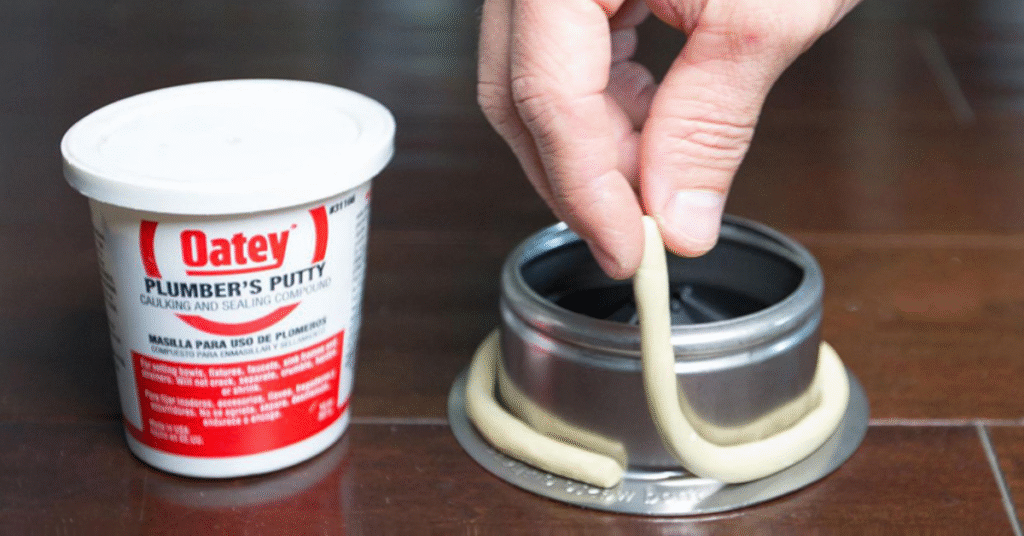
Plumber’s putty is a soft, moldable sealant that prevents leaks around drains and fixtures. It’s easy to work with and stays flexible, unlike caulk, which hardens. Always check that the putty is fresh and pliable. For delicate surfaces like marble, choose a non-staining formula.
Silicone Caulk and Caulk Gun
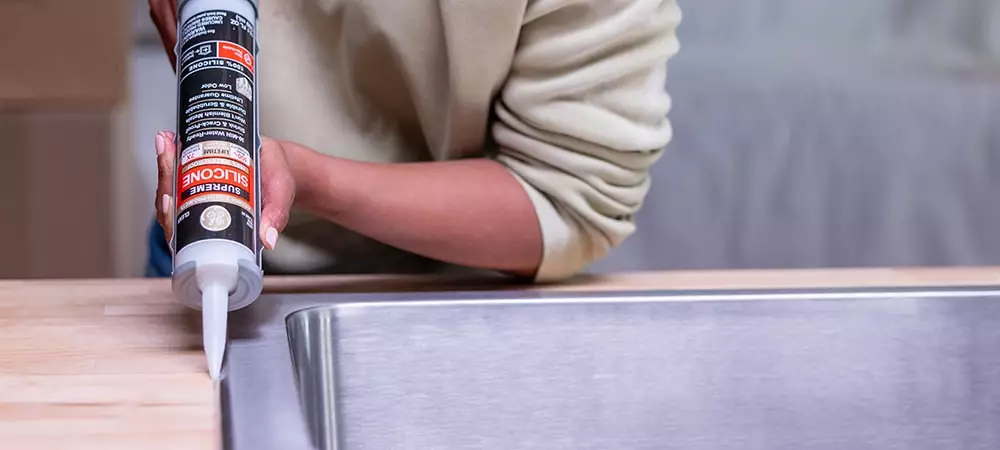
For sealing around sinks, tubs, and shower fixtures, silicone caulk is the best option. It prevents water from seeping into walls and helps resist mold growth. To apply it properly, you’ll need a caulk gun. Choose one with smooth trigger action and a built-in cutter. Always buy waterproof, mold-resistant silicone caulk for bathrooms.
Plumber’s Torch
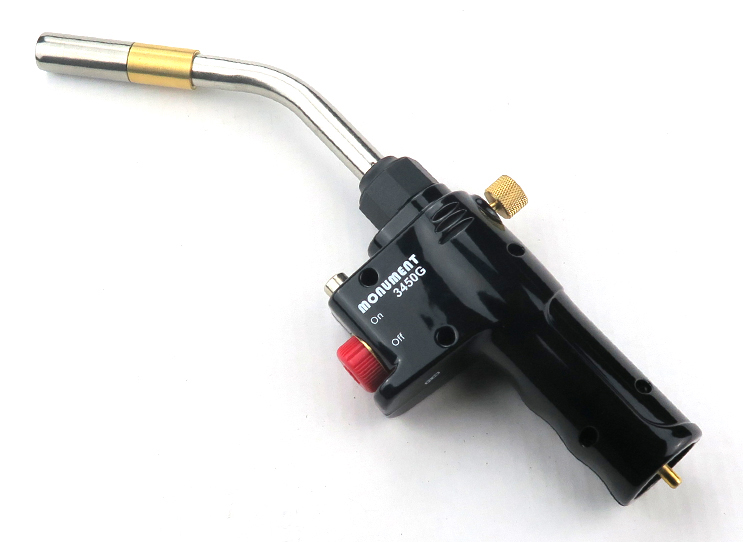
If your home has copper pipes, you’ll eventually need a plumber’s torch for soldering fittings.
A propane torch kit with push-button ignition is easy for beginners, while MAPP gas burns hotter for faster work. Safety is key, so always work in ventilated areas and keep a fire extinguisher nearby.
4. Safety and Support Tools for Plumbing
These plumbing support tools make your work safer, cleaner, and easier, ensuring you can handle repairs confidently.
Measuring Tape
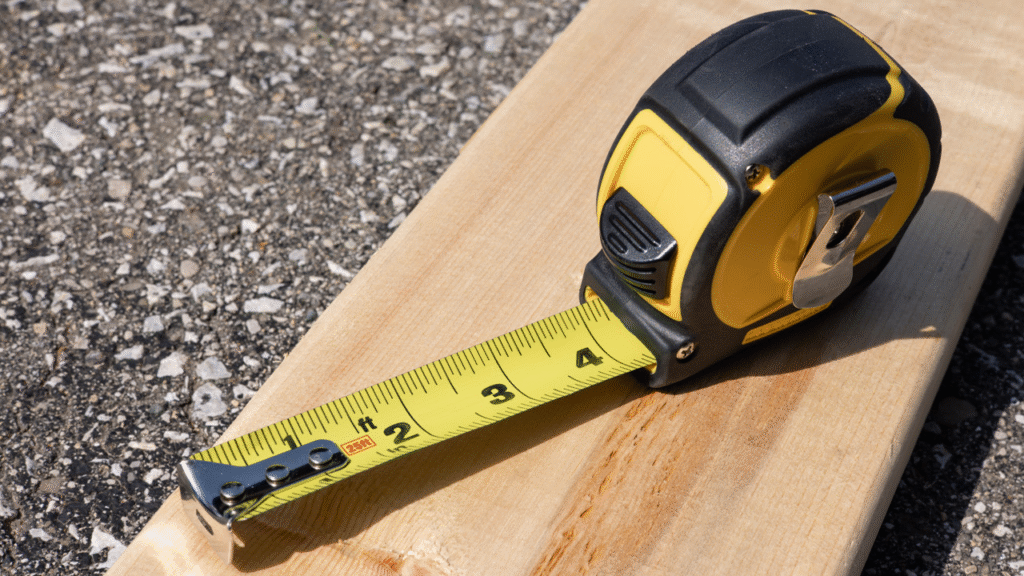
Precision matters in plumbing, and a reliable measuring tape helps you cut and install pipes with accuracy. A 25-foot retractable tape is perfect for most jobs. Pick one with a sturdy case and a locking mechanism to hold measurements securely.
Utility Knife
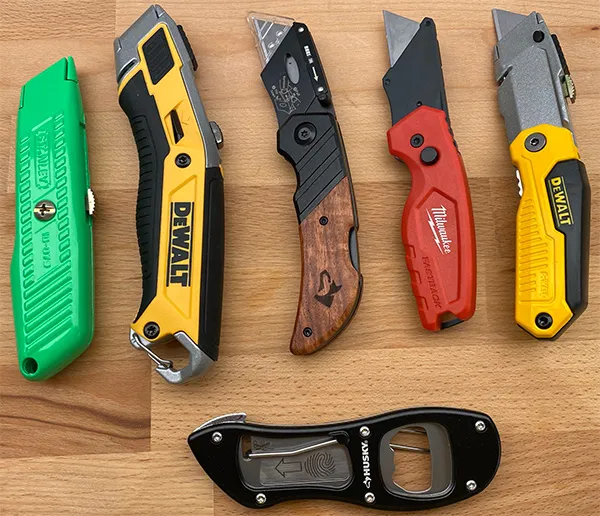
From trimming tape to cutting caulk or insulation, a utility knife is a multi-use tool for plumbing and home repairs. Look for one with a retractable blade, comfortable grip, and onboard storage for spare blades. Stainless steel blades stay sharper longer.
Bucket
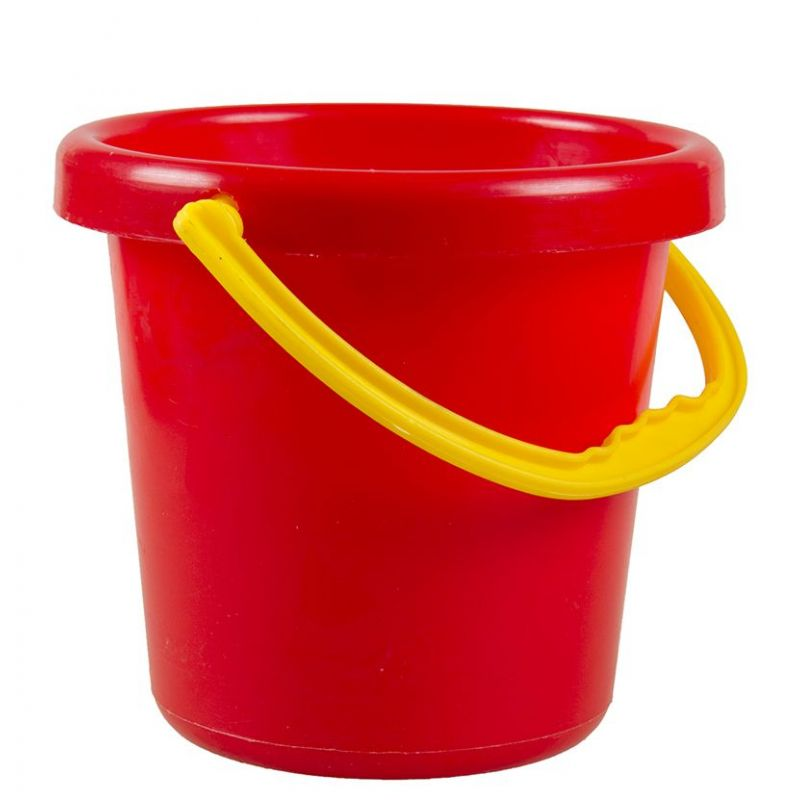
A sturdy bucket may not seem like a tool, but it’s indispensable. Use it to catch water when disconnecting pipes, soak tools, or clean up after a repair. A 5-gallon bucket is the standard size and can also double as a storage container when not in use.
Work Gloves
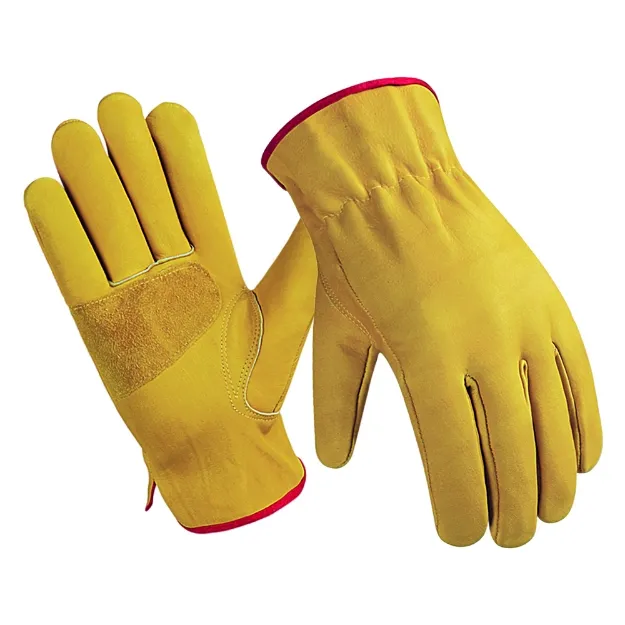
Plumbing often involves working with sharp edges, hot tools, and dirty water. A good pair of waterproof, cut-resistant gloves keeps your hands protected. Rubber-coated gloves offer the best grip and durability. Avoid cheap cloth gloves that soak through easily.
Safety Goggles
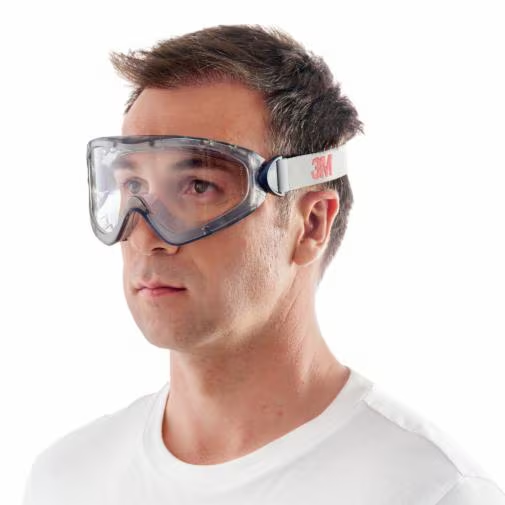
Protect your eyes from splashing water, flying debris, or sparks when cutting pipes. Wrap-around goggles with anti-fog lenses give the best coverage and stay clear during use. Comfortable, lightweight goggles encourage you to wear them regularly.
Flashlight or Headlamp
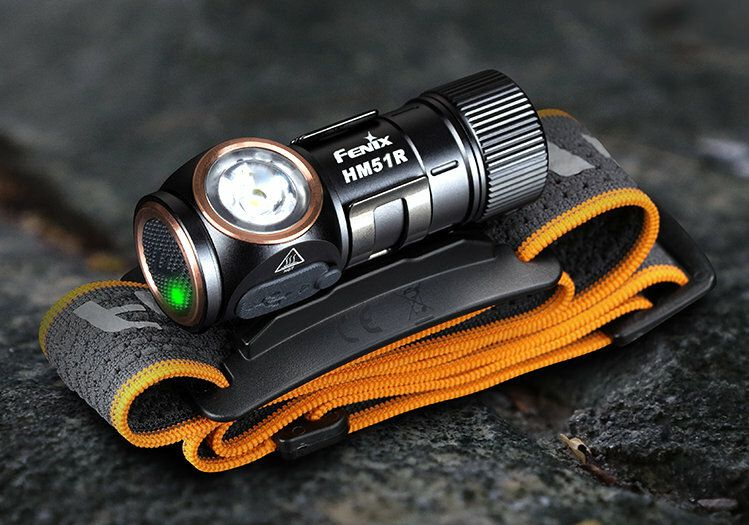
Many plumbing jobs happen in dark, cramped spaces. A flashlight works, but a headlamp is even better because it frees up both hands.
Look for an LED headlamp with at least 200 lumens and adjustable brightness. Rechargeable batteries save money over time.
(FAQ) About Essential Plumbing Tools for Home Use
1. What are the most essential plumbing tools for DIY home repairs?
The most essential plumbing tools for DIY home use include a plunger, pipe wrench, adjustable wrench, plumber’s tape, basin wrench, and a hand auger (drain snake).
These tools can help you handle common problems like leaks, clogs, and loose fittings without calling a professional.
2. Can I fix a leaking faucet with basic DIY plumbing tools?
Yes! A DIY plumbing tool kit for home use is usually enough to fix a leaky faucet.
With an adjustable wrench, screwdriver, and plumber’s tape, you can tighten loose parts, replace washers, or seal connections easily.
3. Do I need a professional plumber if I have all the plumbing tools at home?
Not always. For small issues like unclogging drains, sealing leaks, or tightening pipes, DIY plumbing tools for home repairs are sufficient.
However, for bigger jobs such as pipe replacements or major water leaks, it’s best to call a professional plumber.
4. What plumbing tool should I use for unclogging a kitchen sink at home?
A DIY drain snake for home plumbing or a plunger is often the best solution for unclogging a kitchen sink.
If the clog is deep, a hand auger or plumber’s snake is more effective than chemical cleaners.
5. How much does it cost to build a plumbing tool kit for home DIY use?
Building a basic plumbing tool kit for DIY home repairs usually costs between $50 to $150, depending on the quality and brand of tools.
Investing in durable tools ensures they last longer and save you money in the long run.
6. What’s the difference between a pipe wrench and an adjustable wrench for DIY plumbing?
A pipe wrench for DIY plumbing is designed specifically for gripping round pipes and fittings, while an adjustable wrench for home plumbing repairs is more versatile and can tighten or loosen different sizes of nuts and bolts.
Both are useful, but for pipes, the pipe wrench works best.
7. Is it safe to do DIY plumbing repairs at home?
Yes, it’s safe to perform DIY plumbing repairs with essential home tools as long as you know your limits. Stick to simple tasks like unclogging drains, fixing leaks, and replacing washers. For complex issues, always seek professional help.

